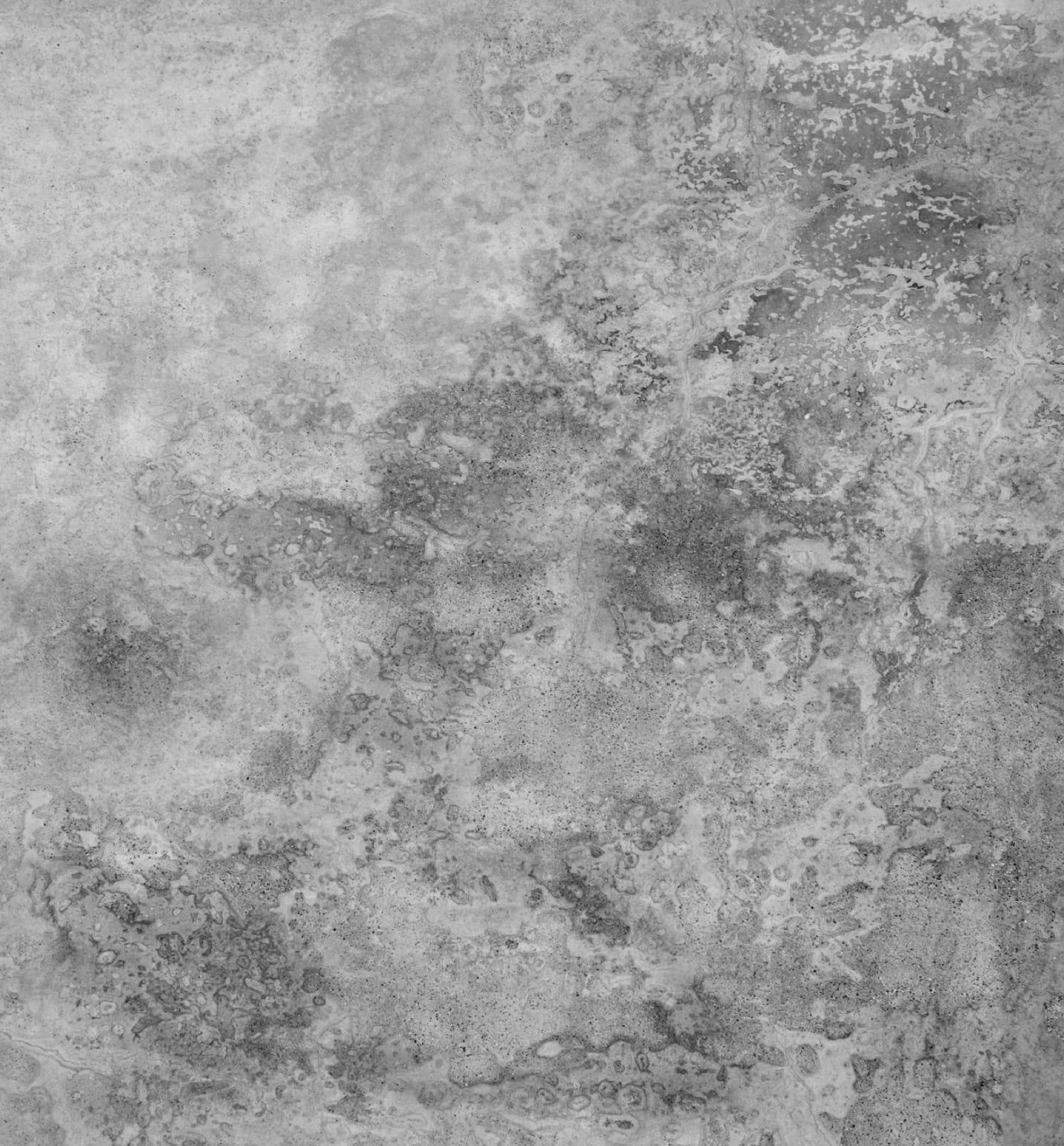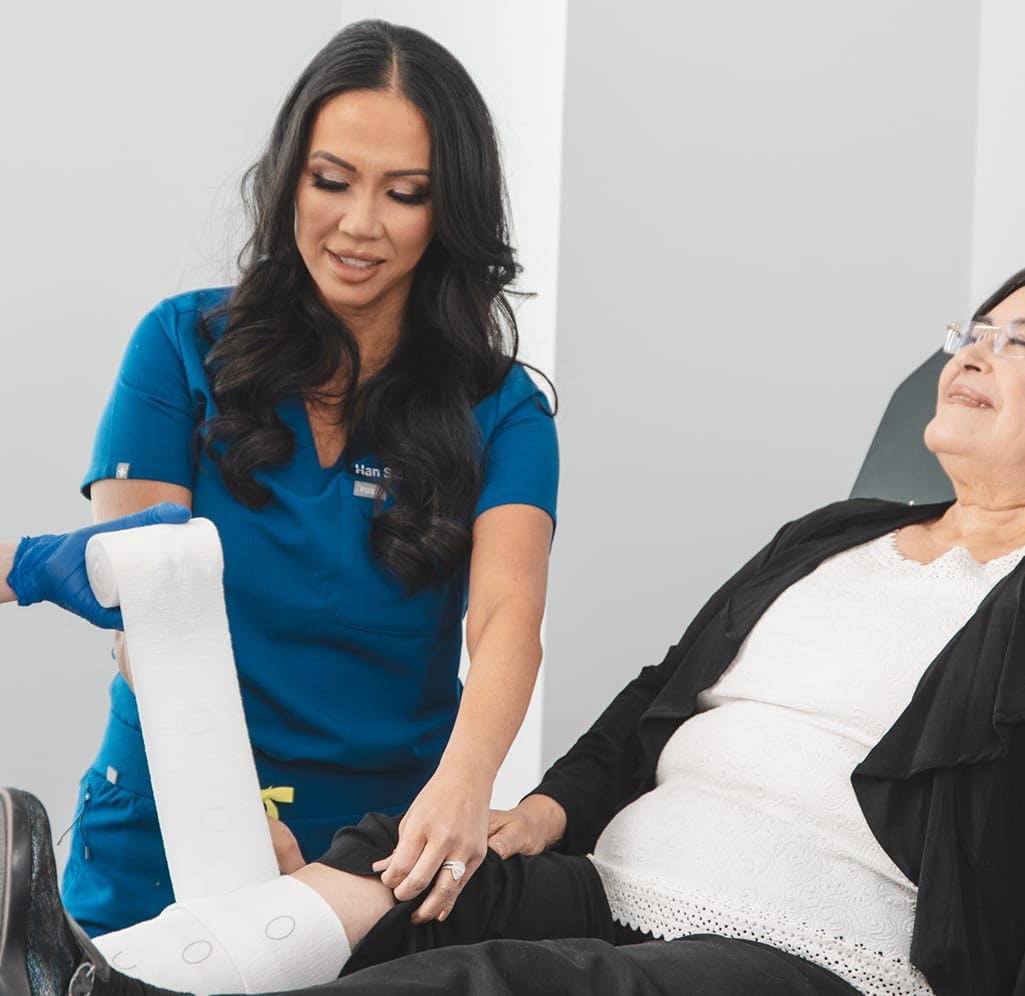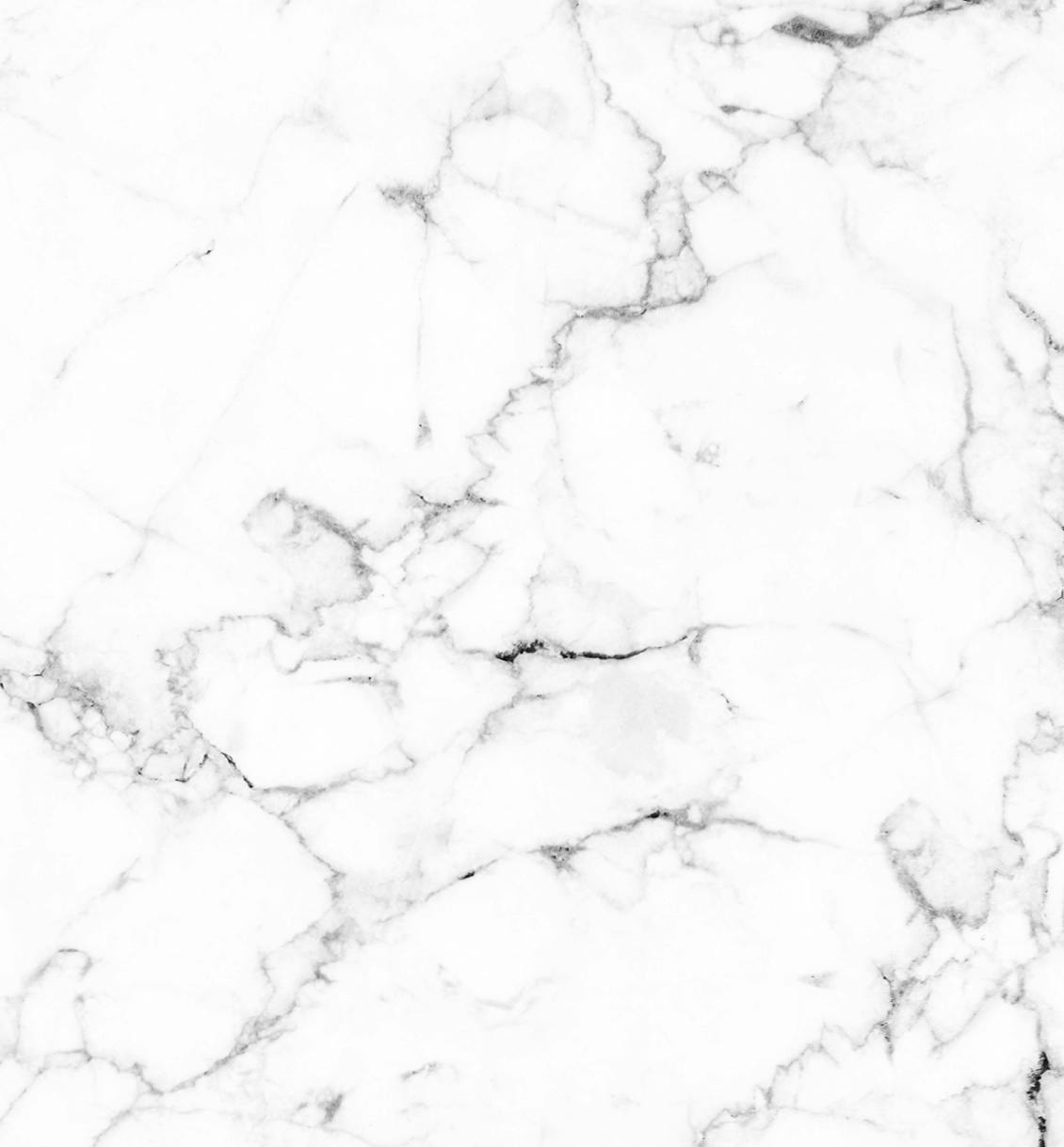Is wound debridement a common practice?
Yes. For most types of wounds, it is considered a standard step in wound management.
Is wound debridement painful?
You may experience some pain associated with debridement. Your provider will help you manage your pain to ensure minimal discomfort during your procedure.
Can debridement be performed on all wounds?
Debridement is not always necessary and may not benefit all types of wounds. At Wound Evolution, our providers will evaluate your wounds to determine if debridement would benefit your healing process.








